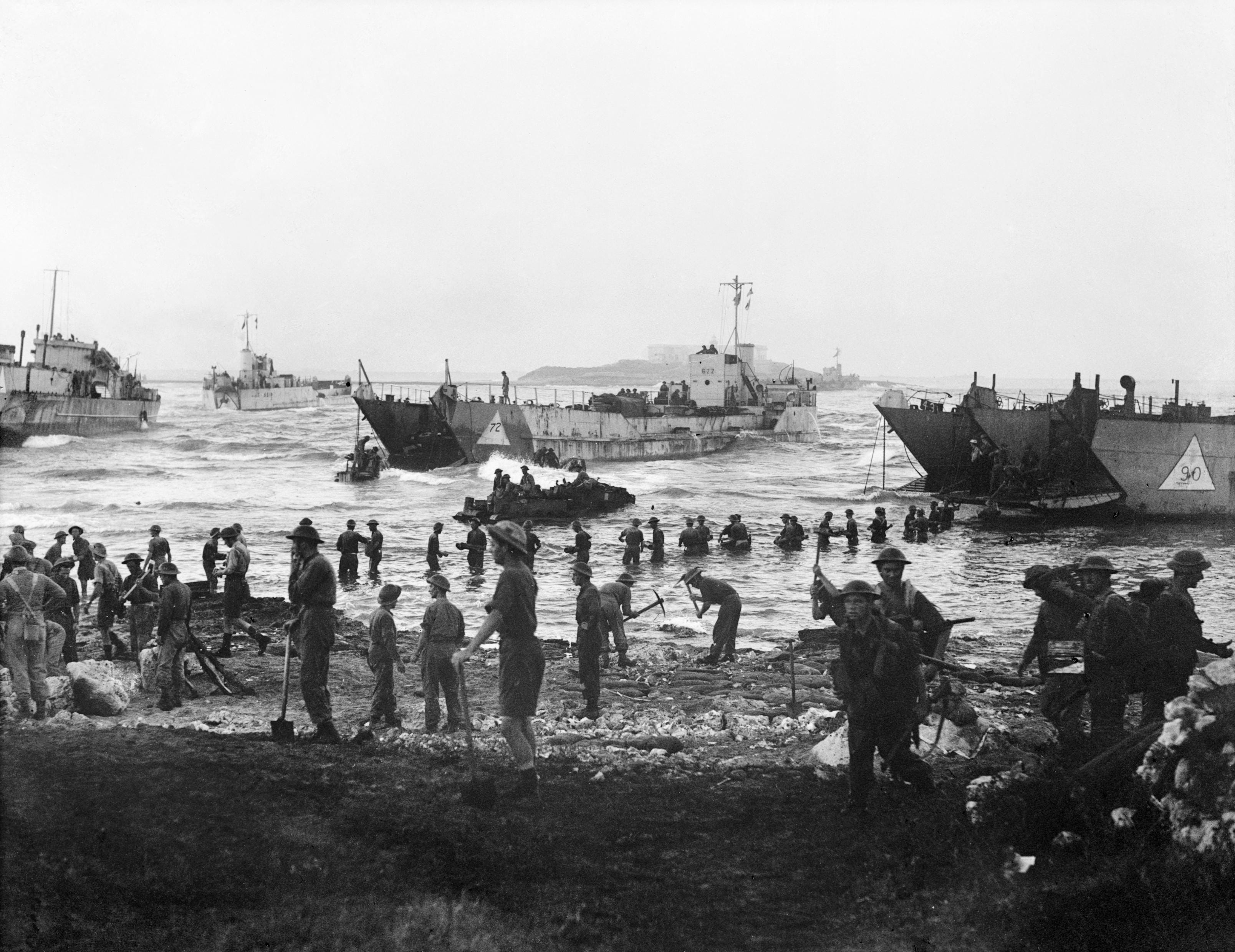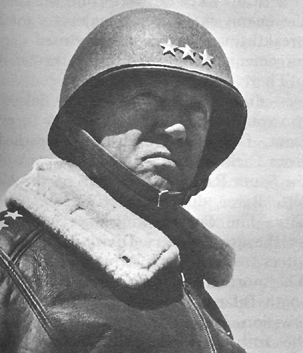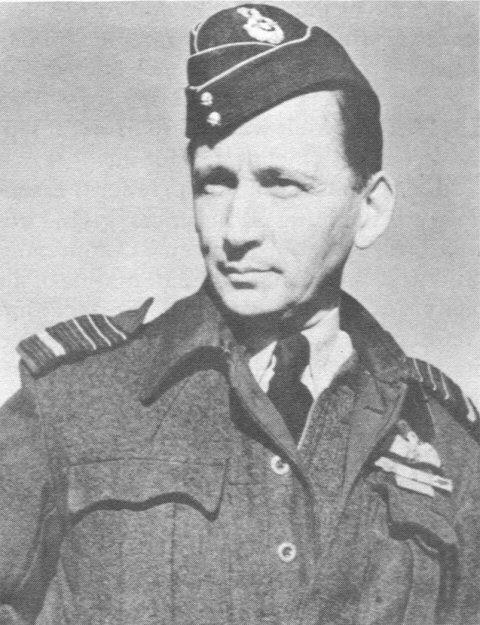Gen. Alexander's plan was to have a firm base and assemble his forces in a line from the port of Licata to Catania before moving inland.
In order to accomplish this, it was necessary to capture ports and airfields to facilitate the build-up of forces. Hence the 8th Army was tasked to capture the airfield of Pachino, and then move north to capture ports of Augusta and Catania, whereas the 7th Army was tasked to capture Licata, and then cover the 8th Army's western flank and prevent enemy reserves.
On the morning of 13 July, elements of the 5th division on the 8th army's left flank, entered the town of Augusta, but they were successfully grounded by German counterattacks supported by the Napoli division. Meanwhile, the British 50th Infantry had pushed up along highway 114 towards Lentini, 15 miles North-west of Augusta, meeting resistance from Italian R-35 Tanks and some infantry from the Napoli division.
The Italian tank commander and his staff were captured by the elements of the 4th Armored brigade, and by 1900 hrs 14th July, the town had been cleared of any lurking Snipers or Infantry.
Further left, the Canadians had successfully secured the Pachino landing fields, and headed Northwest to link up with the Americans at Ragusa port after defeating the Italian 122nd Infantry.
In the Canadian sector, an area under Brig. Robert E. Laycock was attacked by the 206th Coastal Infantry in a last-ditch counterattack. Fortunately, there was a heavy-mortar unit on alert nearby, and hence were able to break the attack.
On the 16th of July, Sicilian air command ordered all surviving squadrons to the mainland. On the night of 17th July, Montgomery renewed his attack on Catalina with two brigades from the 50th. After strong resistance, the attack was called off by 19th, and he continued to push on his left. On 20th July, the 51st Division crossed the river Dittiano and made for the airfields near the town of Gerbini. Even these met with exceptionally strong resistance.
The Canadians continued their northward sweep on the 8th Army's far left flanks. But as German troops settled into their new positions, they realised that their strength was insufficient to carry on the whole front. Hence, they were ordered to bypass the original objectives, and move towards Adrano town, on the slopes of Mt. Etna.
The 15th Panzergrenadiers managed to scramble across the 7th Army to link up with other German units in the east. Hence, Patton was ordered to move north and cutoff the North Coast Road. He would then proceed to mop up the western side of the Island. Provisional Corps were to do the mop-up tasks, and 2nd Corps (both were under Patton) was ordered to move North.
On the 22nd of July, Patton's Provisional Corps entered the town of Palermo after mopping up, and on the 23rd, the 45th Infantry captured the North Coast road.
------------------------------------------------------------------------------------------------------
After Palermo, the objective was Mount Etna. Montgomery wished to take the town of Adrano, which would split the Germans in two on either side of the ridge. In the last week of July, the Canadians managed to capture Agira, almost 24 km west of Adrano. On the night of 1st August, they made a beeline for the isolated pinnacle of Centuripe, the main outpost of Adrano's southern defenses. Centuripe was secured by midday, 3rd August. At this juncture, Patton pushed the 45th Division up the east coast, and relieved it with the fresher 3rd division. He pushed the 1st Division up Route 120, and called up the 9th from reserves in Africa to relieve them.
Axis forces were now settled on a second defensive line, called the Etna Line. On 31st July, the 1st Division with attached elements from the reinforcing 9th Division entered Troina. This position was strategically important, and was held by the 15th Panzergrenadier, and remnants of the Aosta 28th Infantry, formed into four battalions. This battle continued for six days, with much casualties being inflicted upon the defenders as well as the attackers. By 7th August, the US 18th Infantry captured Mt. Pellegrino, thus allowing accurate artillery fire on Troina. Their left flank was exposed as the Hermann Goring Panzer Div. was being pushed behind by the XXX corps, and hence they withdrew that night.
In the meanwhile, XIII Corps captured Catania by the 5th of August, and Adrano fell to the 78th Infantry on 7th August.
Full scale withdrawal of the Axis forces began on 11th July, and continued till the 17th. Rear flanks kept the Allies occupied as their comrades escaped. Mines, roadblocks and barb wiring was extensively used in this incident.
In order to accomplish this, it was necessary to capture ports and airfields to facilitate the build-up of forces. Hence the 8th Army was tasked to capture the airfield of Pachino, and then move north to capture ports of Augusta and Catania, whereas the 7th Army was tasked to capture Licata, and then cover the 8th Army's western flank and prevent enemy reserves.
On the morning of 13 July, elements of the 5th division on the 8th army's left flank, entered the town of Augusta, but they were successfully grounded by German counterattacks supported by the Napoli division. Meanwhile, the British 50th Infantry had pushed up along highway 114 towards Lentini, 15 miles North-west of Augusta, meeting resistance from Italian R-35 Tanks and some infantry from the Napoli division.
Further left, the Canadians had successfully secured the Pachino landing fields, and headed Northwest to link up with the Americans at Ragusa port after defeating the Italian 122nd Infantry.
In the Canadian sector, an area under Brig. Robert E. Laycock was attacked by the 206th Coastal Infantry in a last-ditch counterattack. Fortunately, there was a heavy-mortar unit on alert nearby, and hence were able to break the attack.
On the 16th of July, Sicilian air command ordered all surviving squadrons to the mainland. On the night of 17th July, Montgomery renewed his attack on Catalina with two brigades from the 50th. After strong resistance, the attack was called off by 19th, and he continued to push on his left. On 20th July, the 51st Division crossed the river Dittiano and made for the airfields near the town of Gerbini. Even these met with exceptionally strong resistance.
The Canadians continued their northward sweep on the 8th Army's far left flanks. But as German troops settled into their new positions, they realised that their strength was insufficient to carry on the whole front. Hence, they were ordered to bypass the original objectives, and move towards Adrano town, on the slopes of Mt. Etna.
The 15th Panzergrenadiers managed to scramble across the 7th Army to link up with other German units in the east. Hence, Patton was ordered to move north and cutoff the North Coast Road. He would then proceed to mop up the western side of the Island. Provisional Corps were to do the mop-up tasks, and 2nd Corps (both were under Patton) was ordered to move North.
On the 22nd of July, Patton's Provisional Corps entered the town of Palermo after mopping up, and on the 23rd, the 45th Infantry captured the North Coast road.
------------------------------------------------------------------------------------------------------
After Palermo, the objective was Mount Etna. Montgomery wished to take the town of Adrano, which would split the Germans in two on either side of the ridge. In the last week of July, the Canadians managed to capture Agira, almost 24 km west of Adrano. On the night of 1st August, they made a beeline for the isolated pinnacle of Centuripe, the main outpost of Adrano's southern defenses. Centuripe was secured by midday, 3rd August. At this juncture, Patton pushed the 45th Division up the east coast, and relieved it with the fresher 3rd division. He pushed the 1st Division up Route 120, and called up the 9th from reserves in Africa to relieve them.
Axis forces were now settled on a second defensive line, called the Etna Line. On 31st July, the 1st Division with attached elements from the reinforcing 9th Division entered Troina. This position was strategically important, and was held by the 15th Panzergrenadier, and remnants of the Aosta 28th Infantry, formed into four battalions. This battle continued for six days, with much casualties being inflicted upon the defenders as well as the attackers. By 7th August, the US 18th Infantry captured Mt. Pellegrino, thus allowing accurate artillery fire on Troina. Their left flank was exposed as the Hermann Goring Panzer Div. was being pushed behind by the XXX corps, and hence they withdrew that night.
In the meanwhile, XIII Corps captured Catania by the 5th of August, and Adrano fell to the 78th Infantry on 7th August.
Full scale withdrawal of the Axis forces began on 11th July, and continued till the 17th. Rear flanks kept the Allies occupied as their comrades escaped. Mines, roadblocks and barb wiring was extensively used in this incident.









